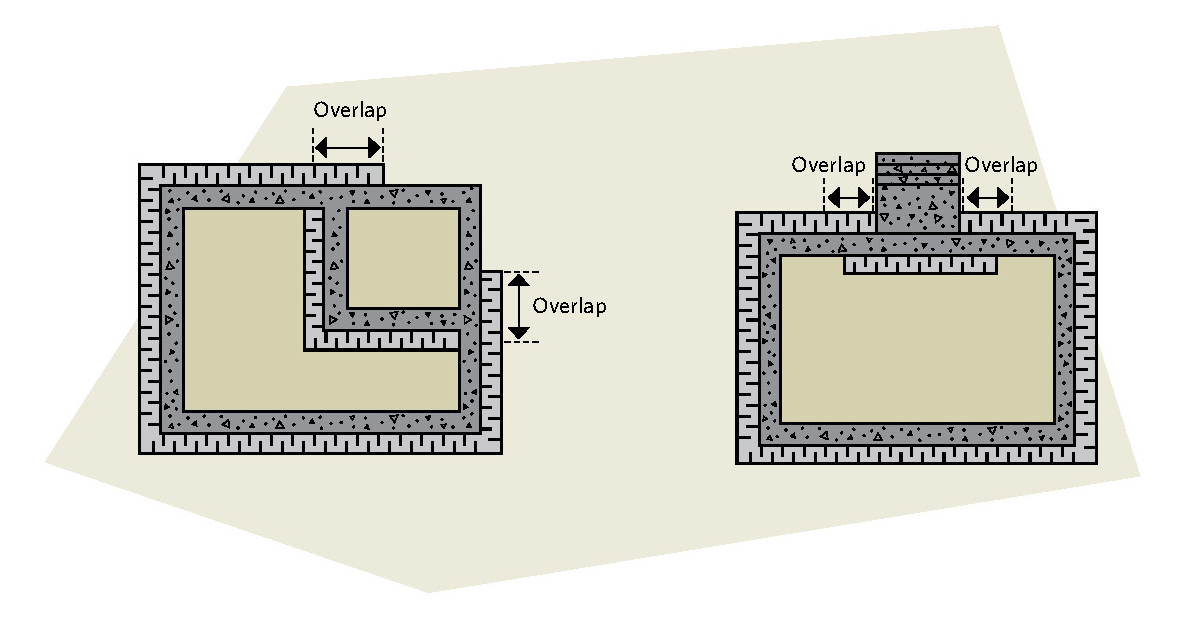INSULATING THE BASEMENT FROM THE INSIDE
Since basement type and condition will influence how you insulate, be sure to also consider the following factors:
- indications of structural problems (e.g. cracks and bulges)
- insulation requirements (e.g. type, RSI (R) value and location)
- wiring and plumbing upgrades
- finishing details
Consult your local building authorities to be sure that your proposed project will meet code requirements. Also, some regions have particular problems such as frost heave due to expansive clay soils, which you should consider before beginning work.
Common types of insulation used as interior basement insulation include batt or blanket, glass fibre loose fill, polyurethane spray and rigid plastic board.
Closed cell polyurethane spray foam, which should be applied only by a certified installer, is a high-quality insulating method for all types of walls, including uneven ones. Closed cell spray foam can also help control dampness on basement walls.

Figure 6-11 Overlapping foundation insulation at places where insulation cannot be put on the exterior
Rigid plastic board insulation generally has a higher RSI value per millimetre than batt insulation and requires less basement space and a thinner supporting framework. (See Insulation, for more information.)
SAFETY WARNING:
When working inside basements, refer to Health and safety considerations, and follow those guidelines. In addition, because powder-activated concrete fastening tools are often used in basement renovations, carefully follow usage directions.